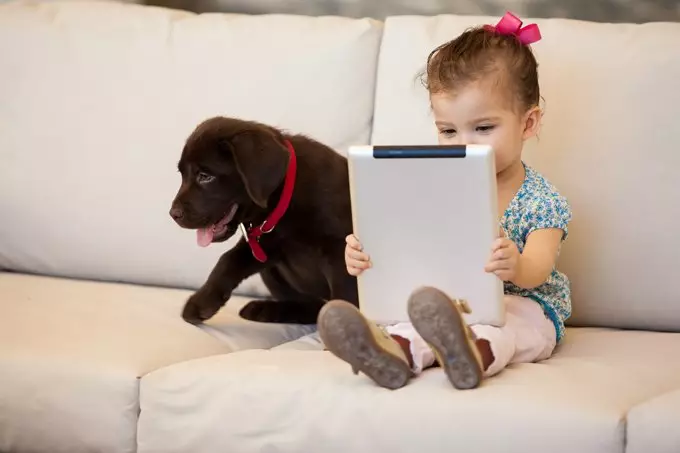Welcoming a puppy into your home is an exciting milestone, but it also requires careful planning to ensure that both your new furry friend and your home environment remain safe and pleasant. Puppy-proofing is an essential task that goes beyond merely removing hazardous objects; it involves thoughtful preparation to foster a positive relationship between you and your pet.
Before your puppy arrives, it’s crucial to take a comprehensive survey of your home. Much like baby-proofing, puppy-proofing requires you to think like a curious puppy. Get down on your hands and knees, adopting the perspective of your new companion. This exercise will help you spot potential hazards that you might overlook from an adult’s height. Look for anything that isn’t safe—such as wires, fragile items, or toxic plants. Identifying these dangers early will help prevent dangerous situations before they arise.
While it may be tempting to allow your puppy to roam freely around your home, it’s wise to confine him to a select area initially. Rooms like the kitchen or laundry room are often better choices for puppy containment due to their easy-to-clean floors. This initial confinement isn’t meant to isolate the puppy, but rather to provide a controlled environment where you can closely supervise him as he begins to acclimate to his new home. As your puppy grows, you can gradually increase his access to other areas of the house.
Within the confinement area, it is essential to establish both short-term and long-term safe zones. A crate can serve as an ideal short-term confinement tool, offering your puppy a cozy, secure space to relax. This can be particularly beneficial during times when you cannot supervise him directly. For longer-term confinement, set up a designated puppy zone that includes a comfortable bed, food and water bowls, and an assortment of safe toys. It’s crucial to ensure that all toys are durable and specifically designed for puppies to avoid choking hazards.
Establishing good habits from the outset is crucial for long-lasting training success. Rather than simply reacting to unwanted behaviors, take proactive measures to mitigate potential issues. Use baby gates to block off areas of the house that are not puppy-friendly or may lead to trouble, such as staircases or rooms with fragile decorations. By anticipating and addressing these challenges, you can set a positive foundation for your puppy’s behavior.
The preparation and puppy-proofing process is vital not just for the well-being of your new companion but also for maintaining your home’s integrity. Creating a safe and welcoming environment will not only keep your puppy happy and healthy—it will also support your peace of mind during those chaotic early days of puppy ownership. By being proactive and consistent with your efforts, you can foster an atmosphere that encourages good behaviors, laying the groundwork for a lifelong bond with your furry friend.

